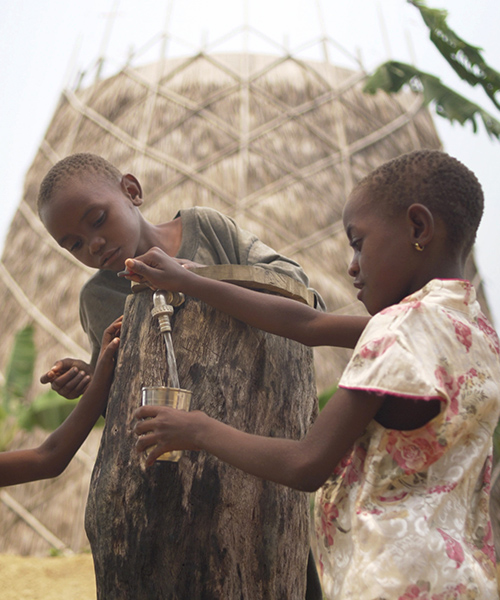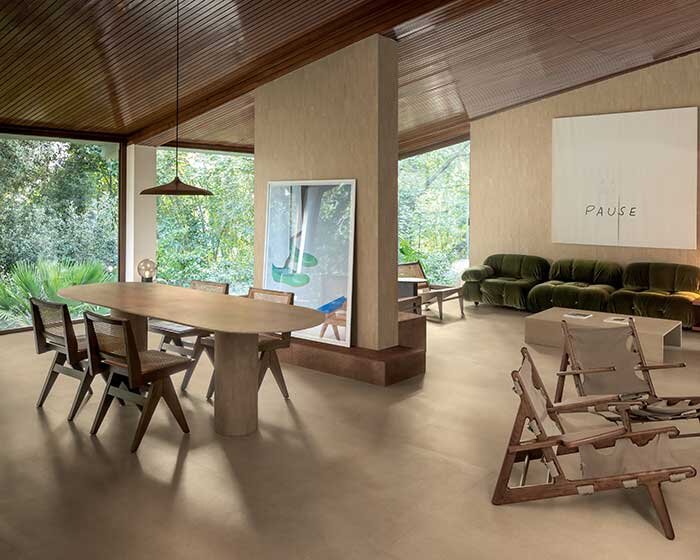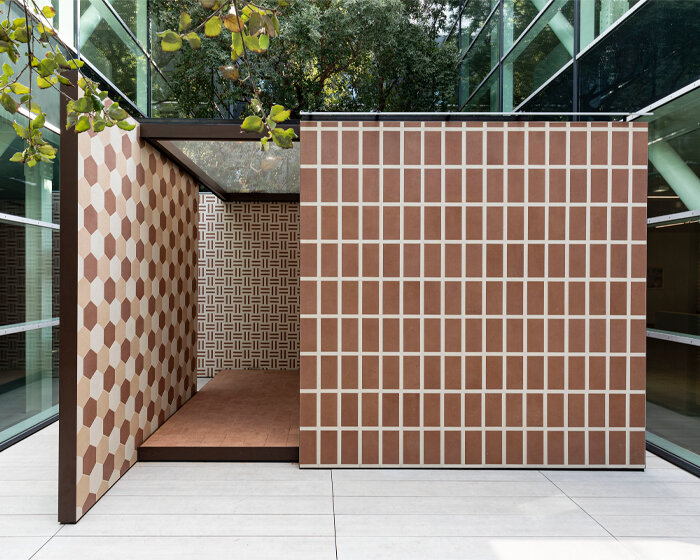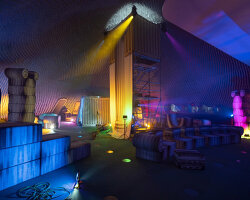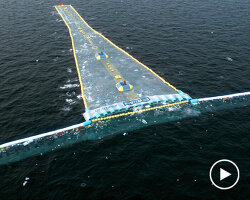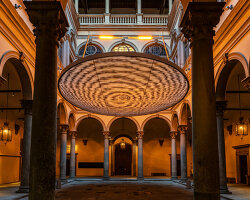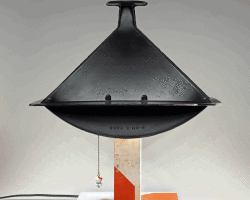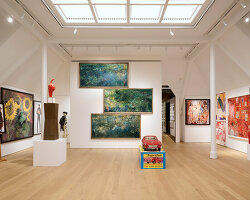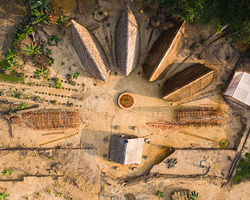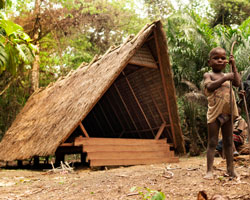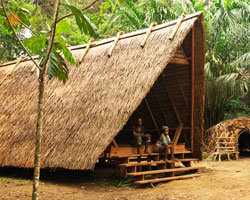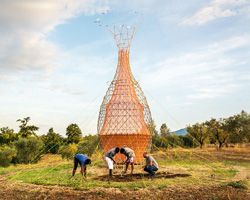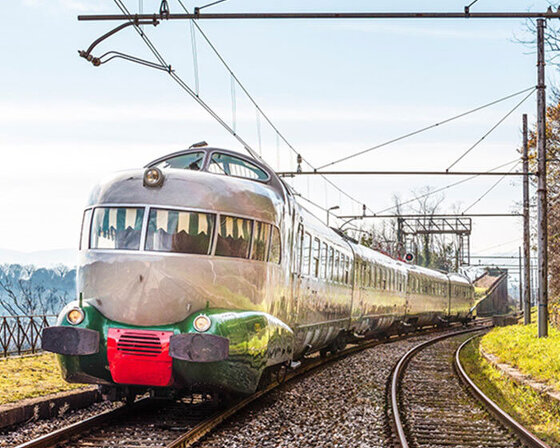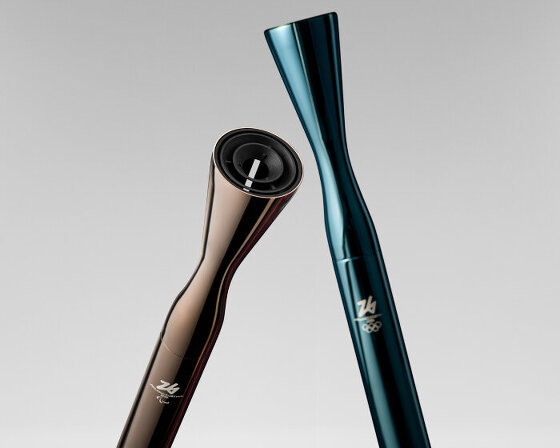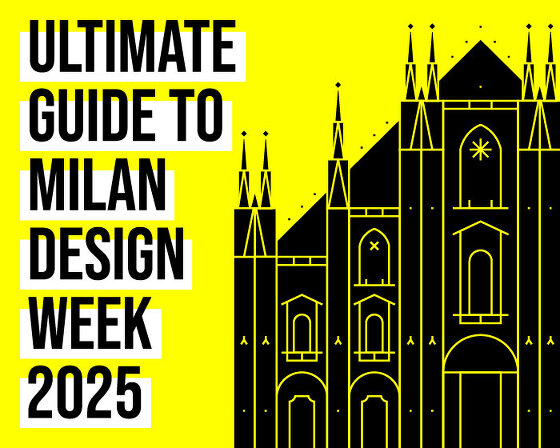warka water is a nonprofit organization that focuses on innovative and sustainable solutions to some of humanity’s most enduring problems through the fusion of local knowledge and resources, visionary design, and ancient traditions. at the helm of the project is its founder, italian architect arturo vittori, who has devoted his life to the mission of sustainably bringing potable water, and proper sanitation and hygiene to some of the world’s most isolated communities.
through the fusion of local knowledge and resources, visionary design, and ancient traditions, warka water is working to dramatically improve the lives of villagers in rural communities. from the warka tower — a vertical structure designed to collect and harvest potable water from the air — to an integrated, community-driven village in the cameroon rainforest, vittori’s work saw him awarded THE DESIGN PRIZE 2019 in the category of ‘SOCIAL IMPACT’.
designboom spoke with vittori to learn about why he decided to dedicate his career (and life) to harvesting water from the air, the past and current difficulties he has faced, and how he sees himself in the next ten years.
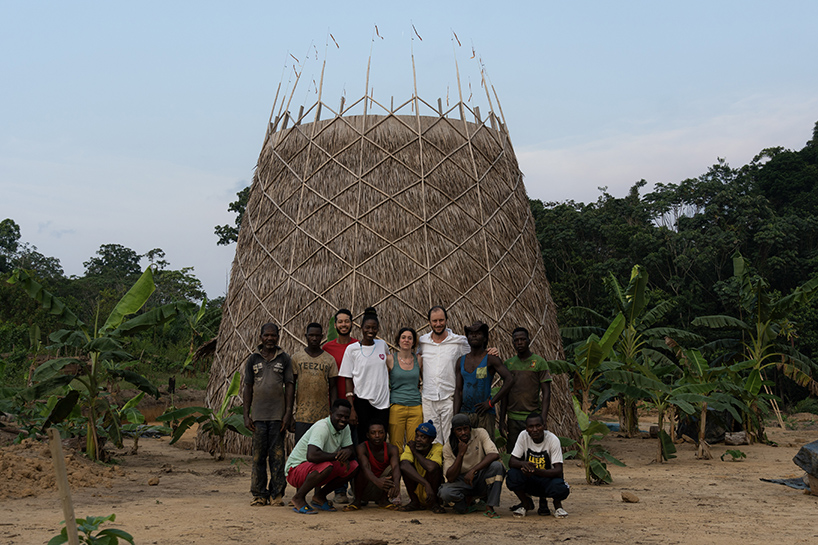
images courtesy of warka water / arturo vittori
designboom (DB): why did you decide to dedicate your career to harvesting water from the air?
arturo vittori (AV): harvesting water from the air is one of my architectural principles, which I apply as the basis of my designs. with my practice ‘architecture and vision’, we have developed concepts of ‘active buildings’ designed to collect water from the air, as well as energy for removable resources, clean air, and produce compost. I have always been very interested in finding the most sustainable solutions to produce the fundamental resources needed to support life even in extreme environments and where there is no access to infrastructure. buildings that — rather than consuming resources and producing pollution — create resources such as clean air, potable water, food, and energy…
in the last years, my interest in social and development projects has been growing. I believe that everybody has to bring a contribution to improve the place where we live, especially helping the most vulnerable people. extreme poverty, no access to safe water, malnutrition, lack of sanitation, poor housing, and destitution are still a reality in our wealthy society — how can we ignore it this?
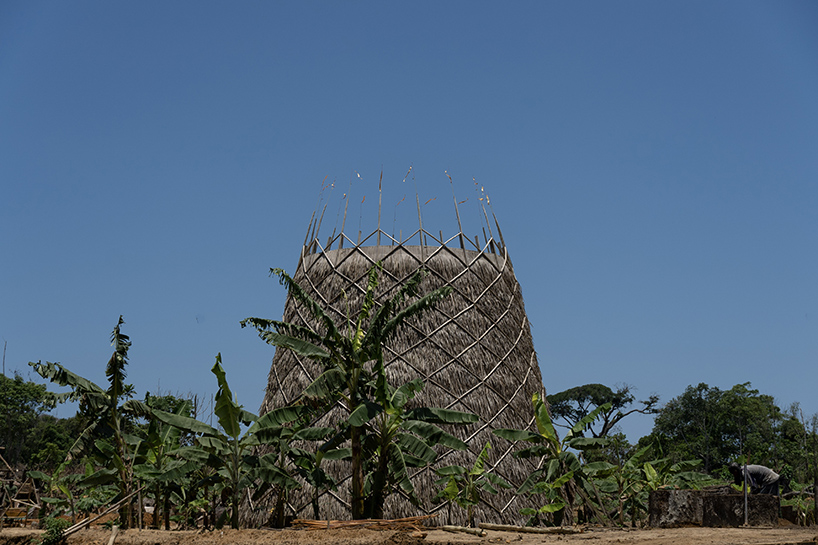
DB: when did you start? what did you do before?
AV: I will never forget my visit, in may 2012, to northern ethiopia. here I witnessed for the first time the dramatic reality of children and women traveling for very long distances to transport water, which is often not drinkable, polluted, and shared with animals. in this area, the problem of water scarcity is dramatic, and only a small part of the population has access to drinking water. I immediately felt the urge to help, with my skills and experience, to find solutions to this dramatic situation. this is when the warka water concept started. initially, warka water was a research project developed by my design office and it was self-financed. before that, with my design practice, I have been involved in several projects in different fields: outer space, aerospace, marine, and terrestrial extreme environments. I learned a lot working in all these different contexts. in designing a human settlement on mars, you have to make the most efficient use of the fundamental resources to support human existence, air, water, … this is true everywhere, but it is especially difficult to guarantee in a place where accessing those elements is not obvious.
later on, I founded a non-profit, warka water inc., officially constituted in 2016 in the united states. I was motivated by the desire to personally participate in supporting isolated communities, in need of drinking water and other fundamental resources. this year, also observing the impact of the COVID-19 pandemic, I decided to commit to warka water inc. activities.
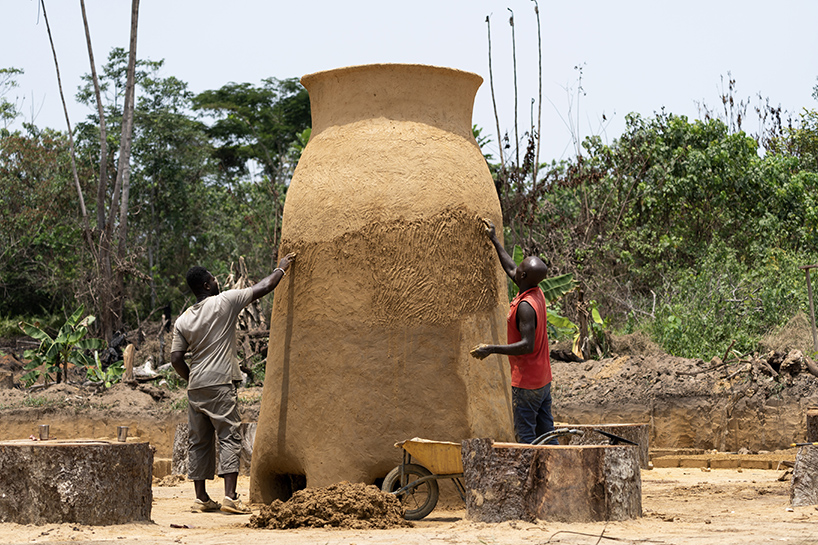
DB: do you see an evolution in the technique?
AV: first, the technique of harvesting water from the air is not something new. previous ancient civilizations were very advanced in that, and entire cities were supported by water cached from the air. this precious know-how has been forgotten with the introduction of alternative technologies. evidence of those skills is still visible in different countries around the world. I did not invent something new, I rediscovered some passive technique that our predecessors had been using and implementing, integrating them with cutting-edge technologies such as parametric design software. I believe that more and more people will join this challenge and more finance will be available for research. harvesting water from the air is a sustainable approach, and we will implement it.
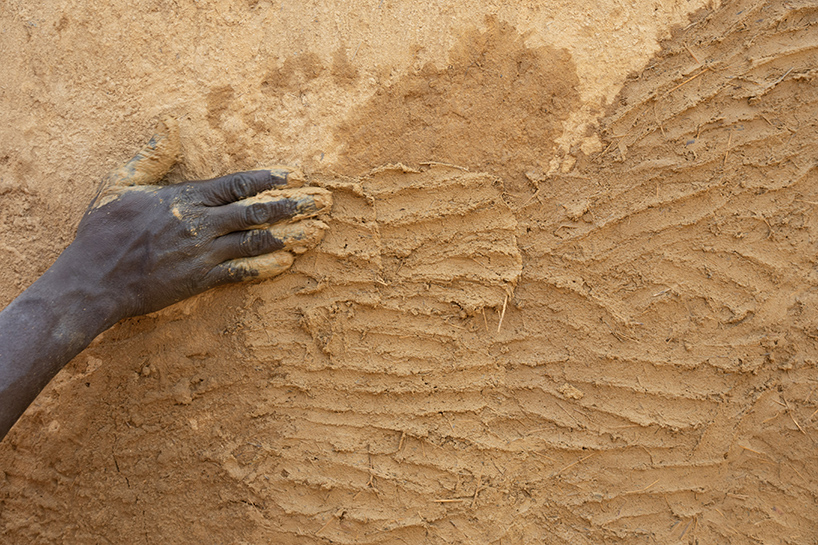
DB: do you see an evolution in the participation of local communities?
AV: I can see that local communities are participating more and more actively to support our actions. something we learned working on developing cooperation projects is that for the success of the initiative, the local community must be engaged and integrated from the very beginning. this is not an easy task at all. people cannot be forced to ‘participate’ in projects that affect their lives, but we give them the opportunity where possible. like this, they can also develop their knowledge, skills, and motivation, identify the common threads of problems that they experience in their lives, and work collectively to tackle these.
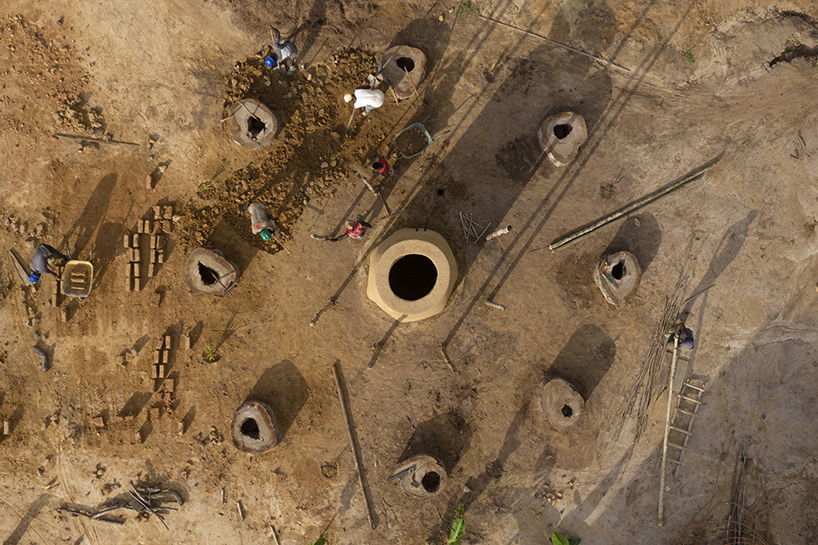
DB: what are the difficulties you had to overcome at the beginning?
AV: in the beginning, it was difficult to persuade people that harvesting water from the air was an actual possibility. there is a stereotype in our minds that drinkable water comes from the ground, or from bottles. by being an innovative project, the initial development has been very challenging — technically, and financially. we have been financing using crowdfunding. only after the construction of the first functioning prototypes, the public trust has been slowly rising and the interest in our work has been growing.
DB: what are the difficulties now?
AV: today, the greatest difficulty consists in the fact that we are operating in complex contexts, often desperate, in stressful and risky situations, due to emergency health and hygiene situations and social tensions. for example in cameroon, we work with the pygmies, who are in a deplorable social, health, and hygiene situation. here children grow up in an unhealthy, degraded, and contaminated environment, living in improvised shelters made with rusted metal sheets, plastic sheets. working in these environments is not easy.
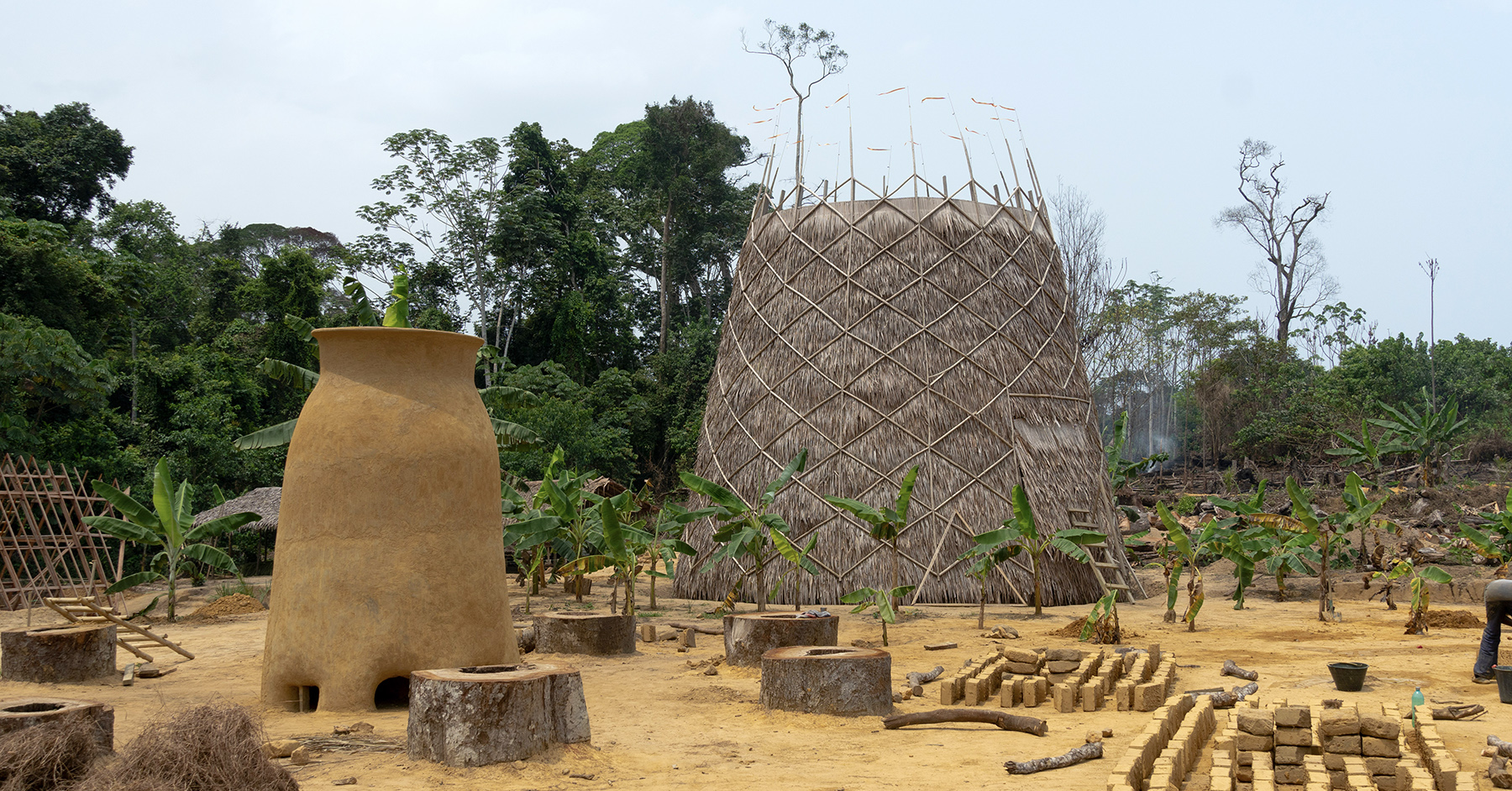
DB: are you collaborating with the local government, or local social organizations?
AV: yes, we collaborate with the local government and also with local organizations that are already operative and established in the territory we operate. this is very important because those places where we operate are often complex environments where corruption, social tensions, and even terrorism are well established.
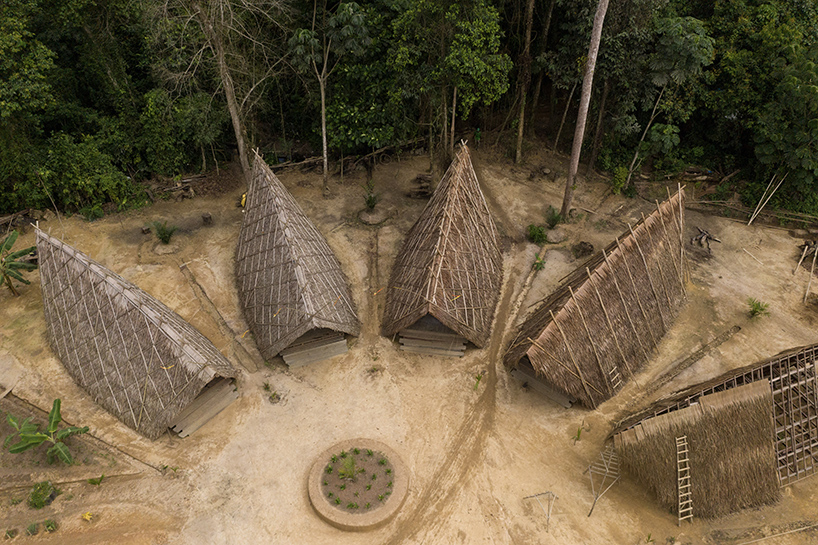
DB: do you approach investors?
AV: we haven’t approach investors so far — we have 3 main supporters in partnership with us, the association ‘shining hope’, based in luxembourg; ‘dab pumps‘, an international company with headquarters in italy; and the british ‘rainforest foods’. in the future, we plan to expand our network and approach more potential supporters. we will dedicate resources to be more present in social media, magazines, international events, exhibitions, documentaries and TV programs to reach more people.
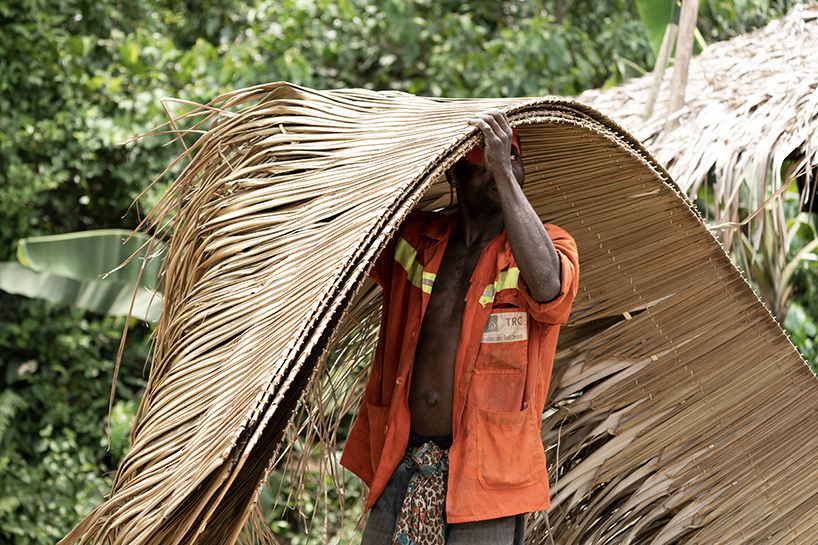
DB: what is warka water today ?
AV: warka water inc is committed to the design and construction of innovative and eco-sustainable, biodegradable infrastructures, serving the basic needs of disadvantaged populations located in remote rural locations. our vision is to develop truly sustainable projects following the design model of the warka tower. our work is based on an in-depth study of local culture, first rediscovering it, and then using traditional techniques that make use of local natural materials, fused with cutting-edge technology. throughout the construction process, the community is actively involved in participating. one of the aims of the project is to create an opportunity for collaboration and exchange between architects, workers, and the local ethnic groups. the community is also involved from the point of view of manual work, giving them the opportunity to learn new construction techniques. the construction of the various structures of the village is not only a sustainable work from the point of view of the materials or techniques used, but assumes also a social function, showing how architecture, especially in developing countries, can become an instrument of rebirth and cooperation.
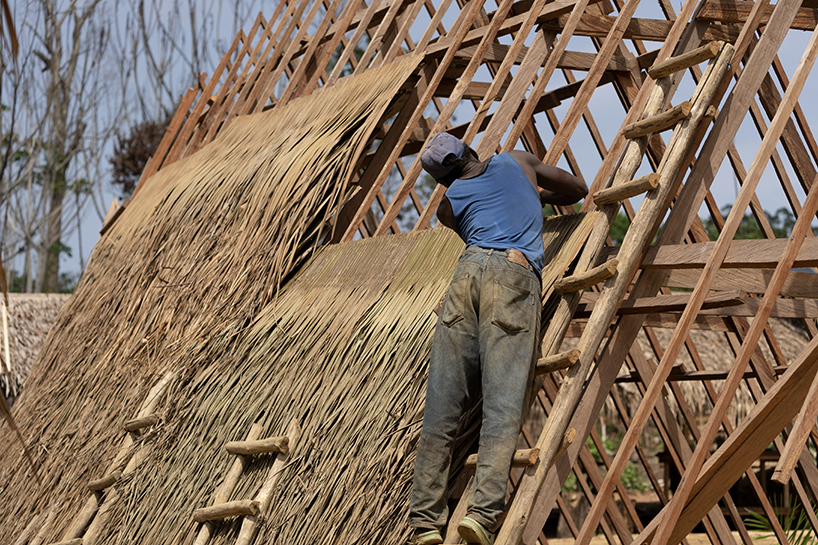
DB: what is the goal and the challenge of the warka village?
AV: giving access to safe drinking water, sanitation and hygiene represent our highest development priorities. our challenge today is to ensure access while safeguarding the rights of affected communities and meeting all of our competing needs sustainably. this is why we are developing the warka village. when completed it will host 100 people, from the pigmies and other local ethnic groups from cameroon in need, to live with dignity. it will become a cultural center of social aggregation with quality spaces, an example of how to collaborate with the local community, using techniques and materials that respect the cultural identity of the place — also showing how we can live in harmony with nature. an ambitious approach with a high symbolic value, essential for raising public awareness of the cause we are defending: the cultural disappearance of the pygmy ethnic group. it is important to show the importance of good ideas, the conviction in pursuing them, and the determination to put them into practice.
DB: what would be your dream, work-wise in the next 10 years?
AV: my dream is to bring our support to more and more people, and to create a new trend of beautiful and sustainable projects that are socially needed and useful, to provide better living conditions, and also to inspire the new generation of designers to follow this path.
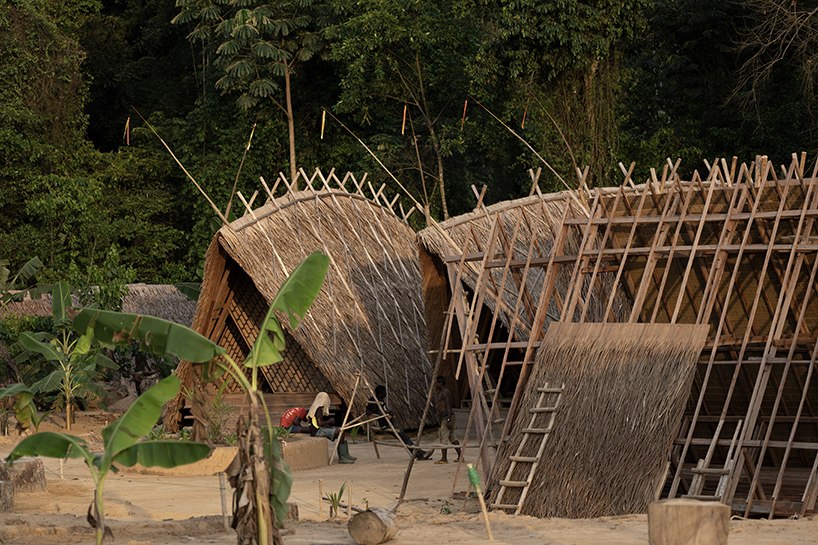
DB: how people can support warka water initiative?
AV: at warka water, we finance our activities through donations. on our website, there is a simple and secure donation system, this is the link to the page: http://www.warkawater.org/donate/
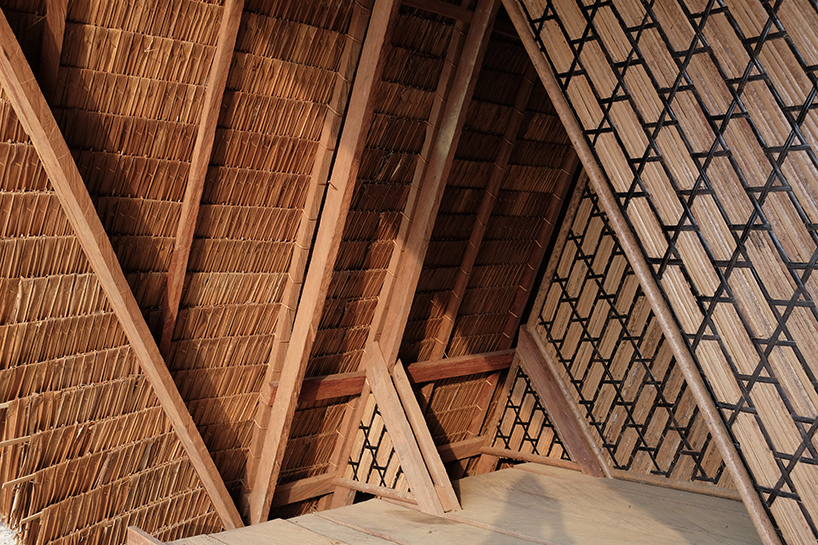
happening now! with sensiterre, florim and matteo thun explore the architectural potential of one of the oldest materials—clay—through a refined and tactile language.
